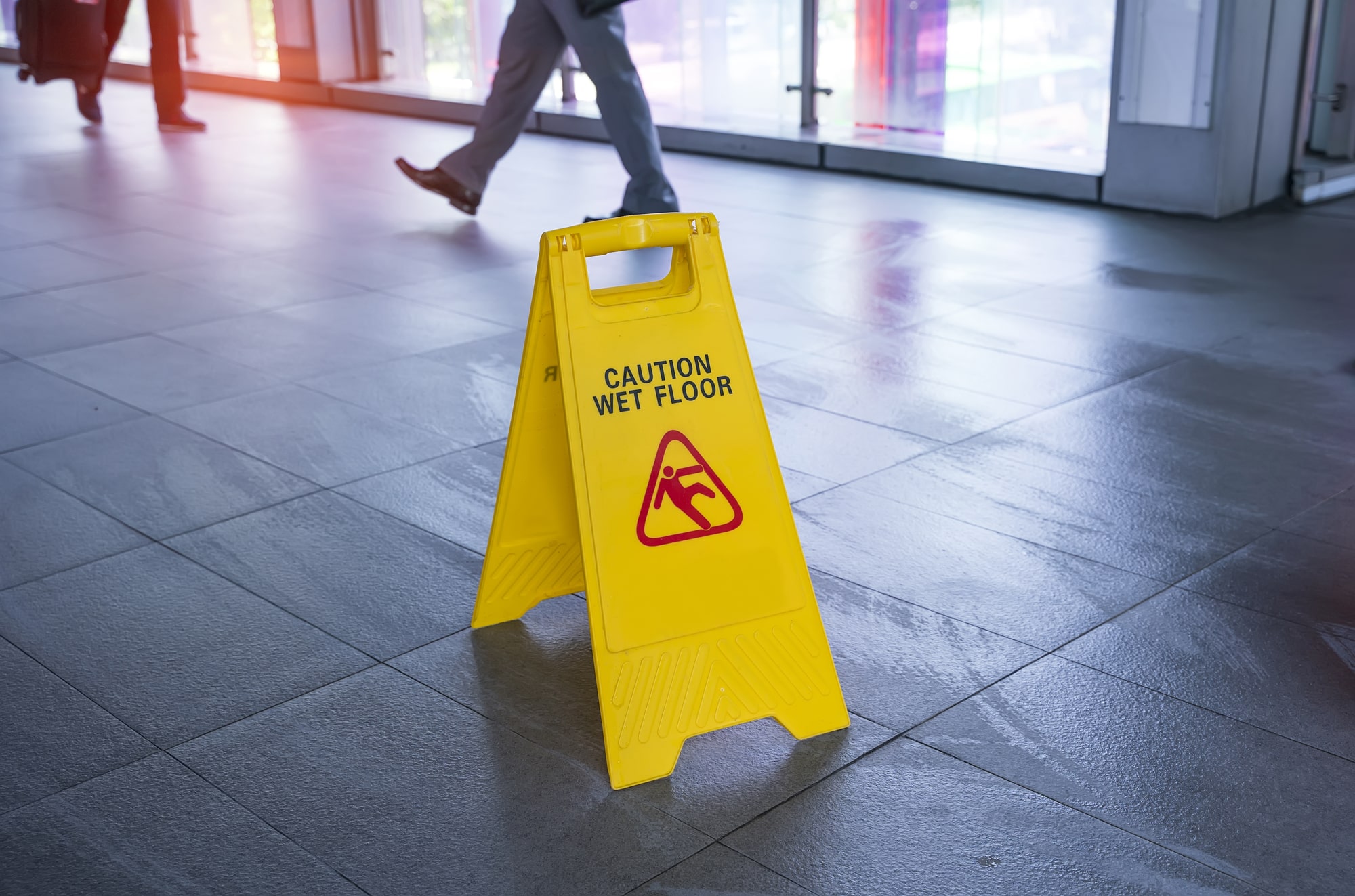Slip and fall accidents, quite often an unwelcome surprise, cascade into a sequence of events that go beyond mere physical injury. With every fall comes the silent ponder of ‘what if’ – what if there was a warning sign, what if the spill was cleaned promptly, or what if the floor was in a better state? Navigating through the labyrinth of identifying and proving fault in such incidents demands a meticulous approach, weaving through the aspects of safety negligence seamlessly and effectively.
Pinpointing The Negligence
Identifying negligence is the cornerstone of any slip and fall case. The essence lies in deciphering whether the property owner was aware or should have been aware of the hazardous condition and whether adequate steps were taken to either rectify or warn visitors of the potential danger. An array of factors comes into play here – the duration for which the hazard existed, the diligence exercised in regular maintenance, and the reasonable foreseeability of the incident.
Collecting Crucial Evidence
Concrete evidence becomes the bulwark against the formidable waves of counter-arguments and denial in any slip and fall case. Photographs of the scene, the hazard, and any absence of warning signs become crucial. Furthermore, ensuring that incident reports are filed and keeping a thorough record of all medical interventions post-incident fortify your stand. Witness statements, surveillance footage if available, and any previous complaints or incidents related to similar hazards in the same premises could also fortify your case significantly.
Comprehending Applicable Laws And Regulations
To impeccably understand and prove fault, aligning the incident and the identified negligence with applicable laws and regulations becomes paramount. This involves an exploration of state and local laws, building codes, and any other guidelines which the property owner is mandated to adhere to. A deviation from these norms, whether in terms of maintenance, safety protocols, or providing warnings, forms a pivotal point in substantiating negligence.
Proving The Causation And Impact
The spotlight subsequently shifts to causation – establishing an unequivocal link between the identified negligence and the incident. This goes hand in hand with delineating the impact of the incident on your life, both physically and mentally. Crafting a comprehensive outlook that encompasses medical bills, therapy costs, lost wages, and pain and suffering ensures that the claim mirrors the actual and prospective repercussions of the incident.
Delving Into Legal Expertise
Embarking on this legal voyage, the steady hand of a seasoned slip and fall lawyer can chart through the turbulent waters effectively. As our friends at MartinWren, P.C. would attest, navigating through the legal intricacies of proving fault demands not only a profound understanding of the law but also an experienced approach towards strategizing, negotiating, and if required, litigating.
Get In Touch With A Lawyer To Get Started
While the immediate aftermath of a slip and fall may be riddled with pain and anxiety, a structured approach towards identifying and proving fault paves the way towards rightful compensation. An approach that harmonizes diligent evidence collection, comprehension of applicable laws, and astute legal representation ensures that the pathway towards justice is not only navigated with precision but also culminates in a manner that echoes with fairness and rectification.
